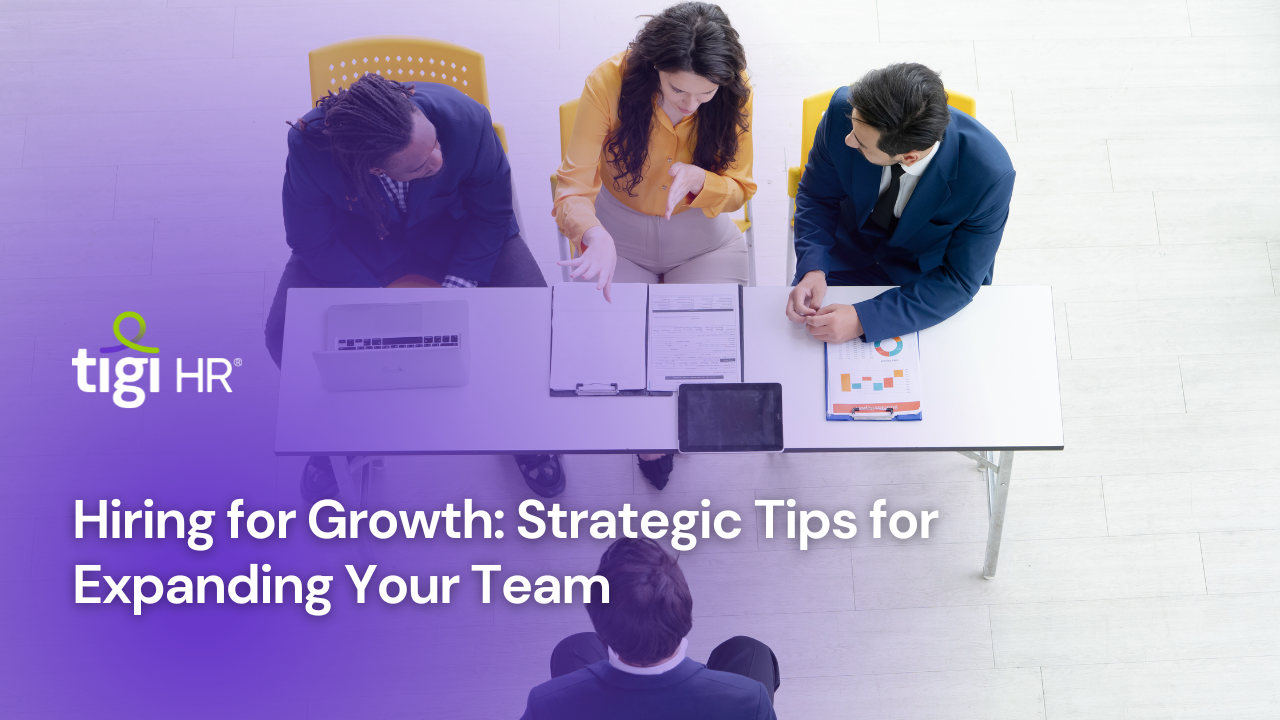In today’s fiercely competitive job market, standing out during the interview process is essential for securing your dream job. With hundreds of applicants vying for limited positions, mastering the art of job interviews is crucial for advancing your career. Let’s delve into some essential tips to help you shine in job interviews and increase your chances of success.
Before the interview, thorough preparation is key. Research the company’s mission, values, and recent news to demonstrate your genuine interest. Tailor your responses to align with the job requirements and practice common interview questions to showcase your qualifications effectively. Arriving early, dressing appropriately, and preparing questions for the interviewer are also crucial steps to make a positive first impression.
During the interview, active listening and thoughtful responses are paramount. Use concrete examples to highlight your achievements and showcase your soft skills such as communication and teamwork. Address any potential concerns or gaps in your resume positively and express your genuine interest and enthusiasm for the role and company throughout the interview.
After the interview, expressing gratitude and following up professionally are essential steps to leave a lasting impression. Sending a personalized thank-you email within 24 hours reiterates your interest and appreciation for the opportunity. Take time to reflect on the interview experience and identify areas for improvement to continuously refine your interview skills.
In conclusion, mastering the art of job interviews is crucial for standing out in today’s competitive job market. By thoroughly preparing, showcasing your qualifications, and demonstrating professionalism and enthusiasm throughout the process, you can increase your chances of success and land your dream job. Remember, each interview is a valuable learning opportunity, and with the right preparation and mindset, you can confidently navigate the interview process and secure the job opportunities you desire.











